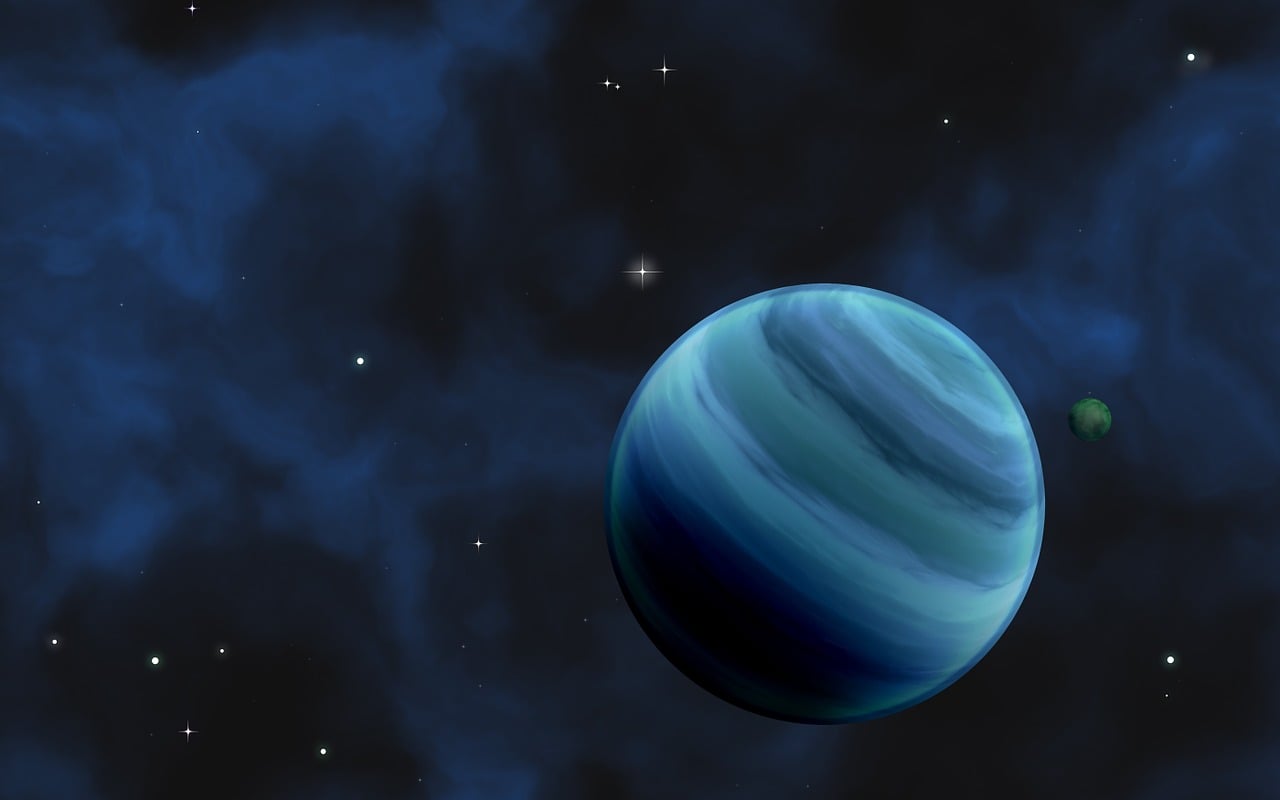The use of artificial intelligence is growing with time, with scientists implementing it wherever they think it would yield great results. They decided to implement alien planet searching AI to discover more exoplanets that could support life as we know it on Earth. The new research comes from Plymouth University in the UK.
Scientists are working on artificial neural networks (ANNs) that would be capable of predicting the probability of life on different exoplanets. That being said, the alien planet searching AI could predict whether some planets contain all the possible conditions for life to flourish on them or not. The team’s findings will be revealed at the European Week of Astronomy and Space Science in Liverpool on April 4.
“We’re currently interested in these ANNs for prioritizing exploration for a hypothetical, intelligent, interstellar spacecraft scanning an exoplanet system at range,” Christopher Bishop, a researcher at the Centre for Robotics and Neural Systems at Plymouth University, said in a statement.
ANNs are systems that are capable of imitating the human brain’s learning process and applying it in real time. Scientists are using these systems for identifying complex patterns or to handle large amounts of data, where they are most useful. Normally this can be extremely challenging and time consuming for the teams of researchers.
This alien planet searching AI could be capable of seeing whether some planet is habitable or not. Moreover, it could predict the habitability of many planets at once, which is how it’d save a lot of time for the scientists that search for life-hosting planets for years. The ANN systems would pick out the planets with the highest probability of life, and focus on them.
The team focused on teaching the neural network to make classifications of planets and split them into five categories. Those categories included whether some planets resemble Earth, early Earth, Mars, Venus, or Saturn’s natural satellite Titan. The similarity between those worlds is that they are all rocky and contain atmospheres, although of different compositions. Earth, Mars, and Titan stand for the planets that are promising targets for life to flourish. However, recent discoveries about the atmosphere on Venus could put that planet on the list for potentially habitable planets as well, according to recent research.
After scientists taught ANN about different planet profiles, the AI was capable of receiving data from other planets, and then processing them to see whether the planet contained the right conditions for life or not. The system worked properly so far, after it was offered new planets to categorize, according to the researchers.
“Given the results so far, this method may prove to be extremely useful for categorizing different types of exoplanets using results from ground-based and near-Earth observatories,” Angelo Cangelosi, a supervisor of the project, said in the statement.
The team is optimistic about their technique and its usefulness. More importantly, the technology could do a great job in upcoming space missions. Perhaps the technology could work well with the upcoming NASA James Webb Space Telescope and the European Space Agency Ariel Space Mission to discover new worlds. ANNs could provide more accurate and detailed observations of the atmosphere in yet-to-be-discovered potentially habitable planets.





